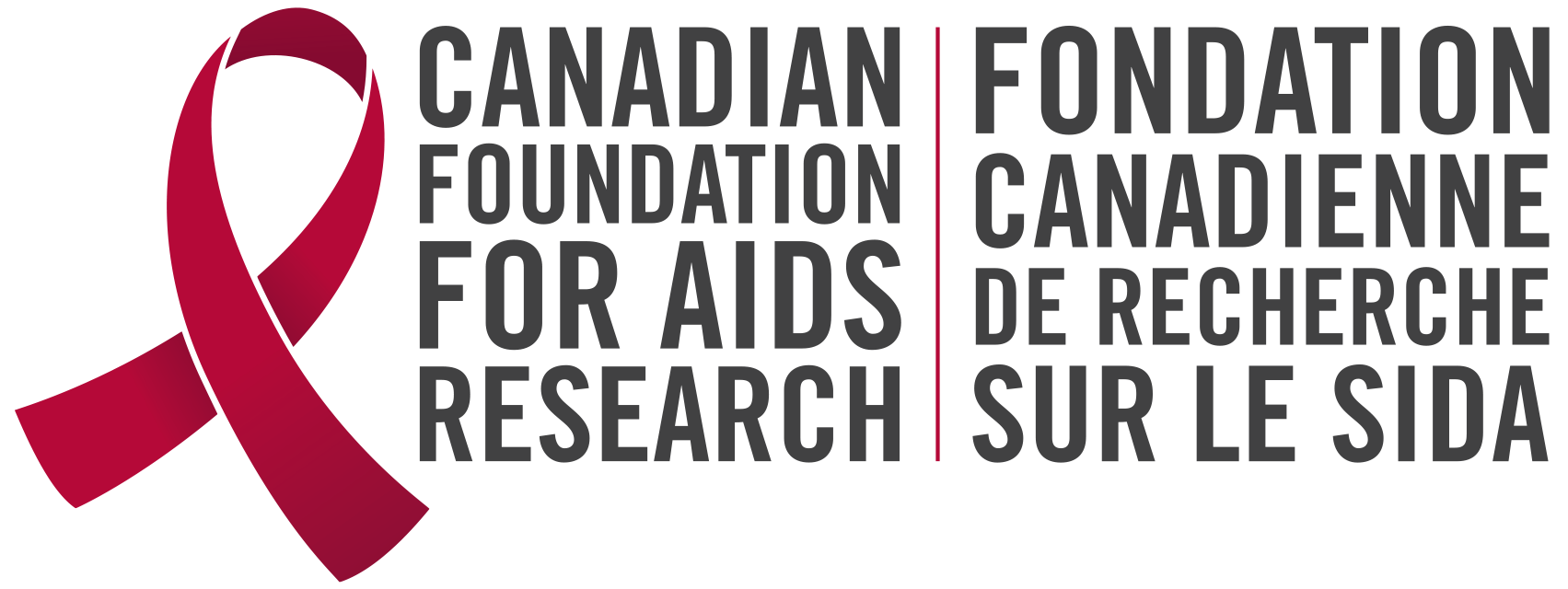CANFAR’s scientific advisory committee marks decades of leading excellence in research–30 years to be exact!
When Dr. Stanley Read first joined CANFAR’s Scientific Advisory Committee nearly 30 years ago, the outlook for a person newly diagnosed with HIV was dire. At the time, the diagnosis of HIV was often a death sentence. “It was pretty bleak,” Dr. Read recalls.
The first cases of what would eventually be known as AIDS first appeared in North America in 1981. That June, five previously healthy, gay men in Los Angeles appeared to have a rare lung infection. Within days, medical officials reported similar cases and other rare opportunistic infections called Kaposi’s Sarcoma.
By the end of the year, there were 270 reported cases of a condition researchers had begun calling GRID (Gay-Related Immune Deficiency). The following year researchers at the Center for Disease Control identified the disease as Acquired Immune Deficiency Syndrome, or AIDS. There was no treatment. A patient’s life expectancy was short.
“There was a limited understanding of what was going on, both in terms of local, Canadian, and international transmissions and disease,” says Dr. Read. “There were limited diagnostics and no effective treatments.”
By 1987, there was still no known treatment, nor any known prevention interventions. Thousands had already died from the disease, and thousands more were being infected every day. In response to the burgeoning global epidemic, community members formed the Canadian Foundation for AIDS Research to raise money to fund research to fight the disease. Organizers established a scientific advisory committee (SAC) to review and select the best research from the flood of applications that came to CANFAR for funding.
A year later, Dr. Read – at the time, Director of the Infectious Disease Training Program at Toronto’s Hospital for Sick Children – joined the newly formed SAC, which, to this day, is comprised of leading Canadian researchers in the field of HIV, AIDS, and other infectious diseases. Shortly afterward, he assumed the role of Chair, alongside Dr. Mark Wainberg, another prominent infectious disease researcher based at McGill University in Montreal.
“The SAC’s role is to keep up-to-date on current research and research direction, to be able to choose from many excellent applications,” Dr. Read explains. “There are many excellent researchers in Canada in various important areas, which directly or indirectly have the potential for an impact on HIV infection and disease.”
After decades of leading excellence in research, the impact has been tremendous. An HIV diagnosis is no longer a death sentence thanks to advances in treatment – advances that CANFAR-funded researchers directly contributed. The SAC recommended funding for research that discovered a key component of the drug treatment that is keeping many people alive today. The SAC has also identified Canadian research that has led to findings that have nearly eliminated the risk of HIV transmission between a mother and her baby, and an HIV vaccine candidate that can reduce, and sometimes prevent, HIV progression. All in all, the SAC has directed over 400 research projects in prevention, treatment, care, and cure.
Despite these accomplishments, there is still much to be done. “Research will continue to be important in all spheres for the foreseeable future,” he says, “including research into factors that are important in finding a cure. Even when a cure is found, there will still be work to do.”
Authored by Kevin Hollett, CANFAR Senior Manager of Public Relations
